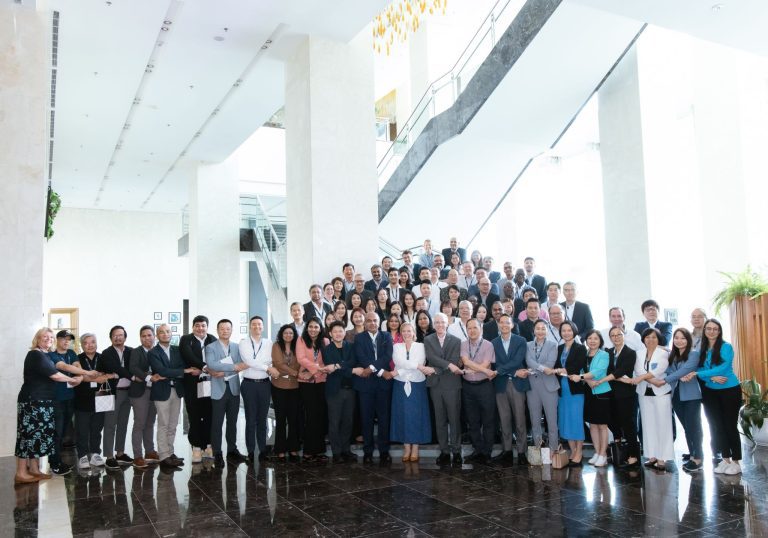When trustees of a self-managed superannuation fund (“SMSF”) consider utilising borrowing to acquire residential or commercial property, they must exercise caution while initiating modifications and enhancements, as it forms an integral part of the SMSF investment strategy.
What is the current legislation?
Current Limited Recourse Borrowing Arrangements (“LRBAs”) allow an SMSF to borrow money to purchase certain assets such as property. Since May 2012, the “single acquirable asset” rules have been relaxed, providing a more practical application of the ‘spirit of the law’. Borrowings will no longer be restricted to a single title. In practise, commercial properties which commonly extend over multiple titles could not be acquired under the old definition as they cannot be separated. They can now be acquired.
Multiple land titles
The definition of a “single acquirable asset” includes a property that may exist over more than one legal title, provided the titles cannot be sold separately. However, should there be an “existing unifying physical object”, for example, a fixture attached to the land which is permanent in nature and not easily removed and that is significant in value relative to the value of the asset, it may give rise to the one title having more than one single asset.
Repairs and maintenance versus improvements – what is the difference?
Repairs and maintenance can be done using borrowed funds and cash within the SMSF. Per the ATO Ruling SMSFR 2012/1, the term “’repairing’ means remedying or making good defects in, damage to, or deterioration of an asset and contemplates the continued existence of the asset. Similarly, ‘maintaining’ ordinarily means work done to prevent defects, damage or deterioration of an asset, or in anticipation of future defects, damage or deterioration, provided that the work merely ensures the continued functioning of the asset in its present state”.
In contrast, “an asset is improved if the state or function of the asset is significantly altered for the better, through substantial alterations, or the addition of further substantial features or rights, to the asset”.
So provided the underlying property is not fundamentally altered, improvements can be made using existing funds only.
Examples given by the ruling include:
| Repair / Maintenance | Improvement | |
| Residential property – fire causing significant damage to the kitchen | Provided the replacement kitchen was of a similar quality and/or the appliances replaced | The size of the kitchen was extended, and/or an outdoor kitchen added |
| Farm on a single title which includes one set of cattle yards, four bores and fencing | Replacement of fencing is a repair, and the upkeep of the pipes is maintenance, including the replacement of the old pipes | Any additions, such as new cattle yards, extra bores, as well as adding a dam or shed |
Improvements to the asset – how much can be done?
Existing cash can be used to finance improvements, provided the alternations to the LRBA asset are not made through borrowings. However, care needs to be taken to ensure the extent of these improvements does not result in a different asset.
If the single acquirable asset held under the LRBA is replaced in its entirety with a different asset (even if of the same type) and that replacement asset is not permissible under the borrowing provisions, then the super fund will contravene the borrowing legislation.
To determine if a new asset has arisen, one should examine the character of the asset and whether it has fundamentally changed overall.
Examples of a new asset being created given by the ruling include:
- Vacant block of land on a single title being subdivided into multiple titles
- Residential property being built on a vacant block of land on a single title
- Converting a residential house into commercial premises
- Demolishing a house and replacing it with strata titled units
- Adding residential premises on a small farm.
Examples of improvements where there is no new asset given by the ruling include:
- Construction of a granny flat in the backyard of an existing residential house
- Addition of a swimming pool and/or extensions to add bedrooms, garages, sheds, and driveways; addition of extra storeys
- Construction of a shed on a cattle farm
Improvements by related party tenants
Caution must also be taken when leasing premises to a related party whereby new fixtures have been deemed an improvement, resulting in a breach of the rules around acquiring assets by the fund from related parties.
Example from SMSFR2010/1: $5,000 in display cabinets installed by the fund member leasing the shop from the SMSF is deemed a breach. Furthermore, this may also be considered a contribution by the related party where the property’s value increases due to the improvement, possibly causing excess contribution issues.
This can be overcome by using “retention of ownership” and “make good” clauses in the lease agreement, which means any tenant fixtures belong entirely to the tenant and that the tenant must remove these affixes upon the termination of the lease.
Kreston Stanley Williamson Team
*Correct as of February 2017
*Disclaimer – this article has been produced by Kreston Stanley Williamson as a service to its clients and associates. The information contained in the article is of general comment only and is not intended to be advice on any particular matter. Before acting on any areas in this article, you must seek advice about your circumstances. Liability is limited by a scheme approved under professional standards legislation.














